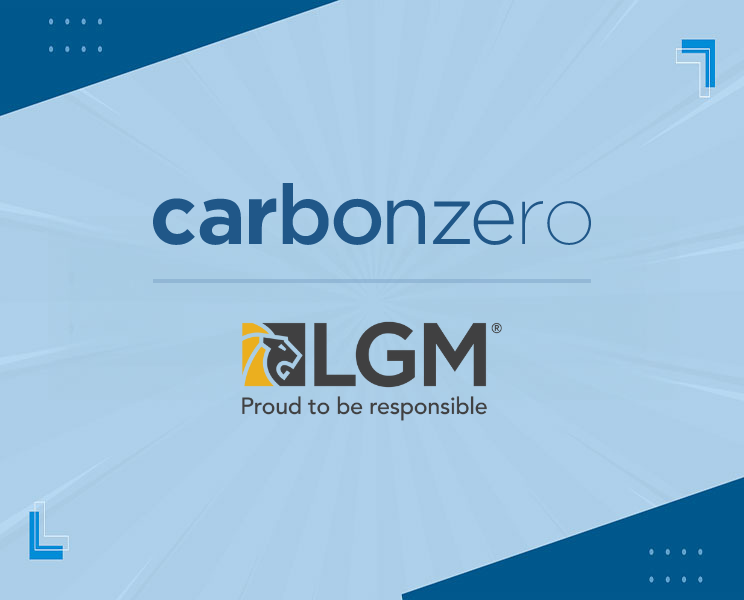As appeared in the July 2016 issue of Canadian Auto World
By Jeff Fallowfield, President, Distribution and Marketing, LGM Financial Services
Gone are the days when a knowledgeable salesperson with a charming demeanor was the main ingredient in the science of selling goods and services. Product marketing in the digital age is decidedly more complicated, particularly when it comes to selling in an industry like F&I, where the consumer comes in with a certain preconceived skepticism. Businesses also face an uphill battle when it comes to convincing a target audience of the uniqueness in their particular product offering.
Consumers have come to understand that you can’t trust everything you read online, and yet by the same token, it’s easy to be out-bid by a competitor in the digital space – regardless of the merit or quality of your goods. Perhaps now more than ever, the investment of time and resources into a strong value proposition and a comprehensive digital marketing strategy is the truest predictor of success in e-commerce.
I’ve contributed two articles to Canadian AutoWorld in recent months, both of which touched on the changing landscape of the digital consumer. My first piece appeared in the March issue and dealt with access to information in the digital age and how those in the financial services office have yet to fully capitalize on the influential research period that precedes modern day buying decisions. My column for the May issue focused more on the interaction phase of the car buying experience and how the point-of-sale process has been forever altered by the fact that interaction now takes place instantaneously and across a multitude of channels. For this month’s column, I wanted to look at the importance of demonstrating value to the digital consumer.
LEVEL FIELD
How do you create a sense of need in the online space, where you don’t have an opportunity for face time? How do you showcase the value of your product in a market saturated with so many unsubstantiated claims of “life changing” products and services?
It’s a natural place to pick up from where I left off since value is so intrinsically tied to interaction. A recent Forbes article, “How the Digital Age Has Changed Marketing Channels Forever,” argues that the most significant change associated with the digital age is that customer service never sleeps. According to their data source, the vast majority of companies believe their customer service is the main distinguishing factor from competitors. I’ll return to the importance of service excellence later on, but for now I would like to speak to product differentiation specifically.
Today, businesses compete on a stage of unlimited opportunity. As the same Forbes article points out, “the digital age has heralded an era where everyone can join the advertising dogfight,” meaning that even the smallest companies can compete, as long as they are calculated and strategic with where they put their dollars. Major corporate influencers with big budgets don’t automatically experience success and, for the first time in product marketing history, small companies can show their value almost as effectively as the major players. This diversified competition also means that blanket messaging no longer cuts it. Yes, many demographics can be reached through social media platforms and a skillfully designed digital presence, but the reality is much more work. Careful consideration is required on the front end in order to craft targeted messaging. Otherwise, the opportunity (and a lot of money) is sure to be wasted.
PERSONALIZED SELLING EXPERIENCE
As sellers in the F&I market, we are faced with the added challenge of creating a sense of inherent need for our products right at the outset, when consumers are about to take home a new car after months or years of saving. During this exciting time, it’s a bit of a mood dampener to have to think about the risk of potholes, or a future costly windshield repair. In order to market Financial Services products, we have to do something antithetical to the usual selling process – we have to identify risks during the honeymoon buying period.
Luckily for us, this can be a highly visual story to tell. Whether it’s through eye-catching product videos or the social truth that comes as a result of consumer testimonials – from those who did buy and perhaps from those who regretfully did not – we can encourage buyers to place themselves in those product stories and relate the benefits to their own lives. If we want to take the idea of a personalized selling experience to an entirely new level, the innovators in the F&I industry can consider featuring a needs awareness tool on product websites. By encouraging the consumer to enter in information specific to their situation, we can establish consumer readiness and get a clearer idea of their individualized priorities. It’s also a way to provide concrete evidence of the added value of the product and reassure the cautious digital consumer that they are being presented with an individualized solution.
Innovative design, fair pricing, and the skillful presentation of needs fulfillment all play a part in product differentiation. However, as I wrote earlier, there’s another equally important way to show value in the marketplace.
SERVICE EXCELLENCE
In the article, “Winning in Industrial Service: The Hallmarks of a Service Champion,” Toronto-based management consulting firm Bain & Company outlines just how important service excellence can be in creating a sustainable customer experience, and a loyal (and lucrative) customer base. The article argues that providing customers with superior levels of service and care can “elevate a company above competitors in an increasingly challenging technical environment, where differentiation based on products alone can be costly and difficult to achieve.” This level of service, it says, also enables continued growth opportunities by building “a two-way bridge with customers, increasing communication and intimacy – and the ability to improve new products.”
This point, of course, is a key intersection of the digital and real world. Like so many industries, service excellence in the auto industry is achieved through positive in-person, telephone and text interactions, complemented by a smooth and intuitive online experience. By ensuring a pleasant claims experience with highly responsive and knowledgeable adjusters, and providing personalized customer service at dealerships that offer genuine and high quality parts and repairs, we convince consumers of the value in our products at the very first opportunity. Not only that, we reassure them of this value at every point along the way by becoming a trusted advisor in their long-term customer experience, both online and offline. It’s a great feeling when an existing customer comes in with a pricey repair, only to find out that it’s fully covered by their extended warranty. This is when the online/offline customer experience comes full circle. You receive a real-time testimonial right from the floor of your Service Department, which can then translate into one of your strongest (unpaid!) marketing campaigns once that customer hits their social feeds.
Not many sellers of products and services enjoy this level of access to their target audience. In a service-based industry like F&I, we should take advantage of this repeat opportunity to demonstrate our worth.


